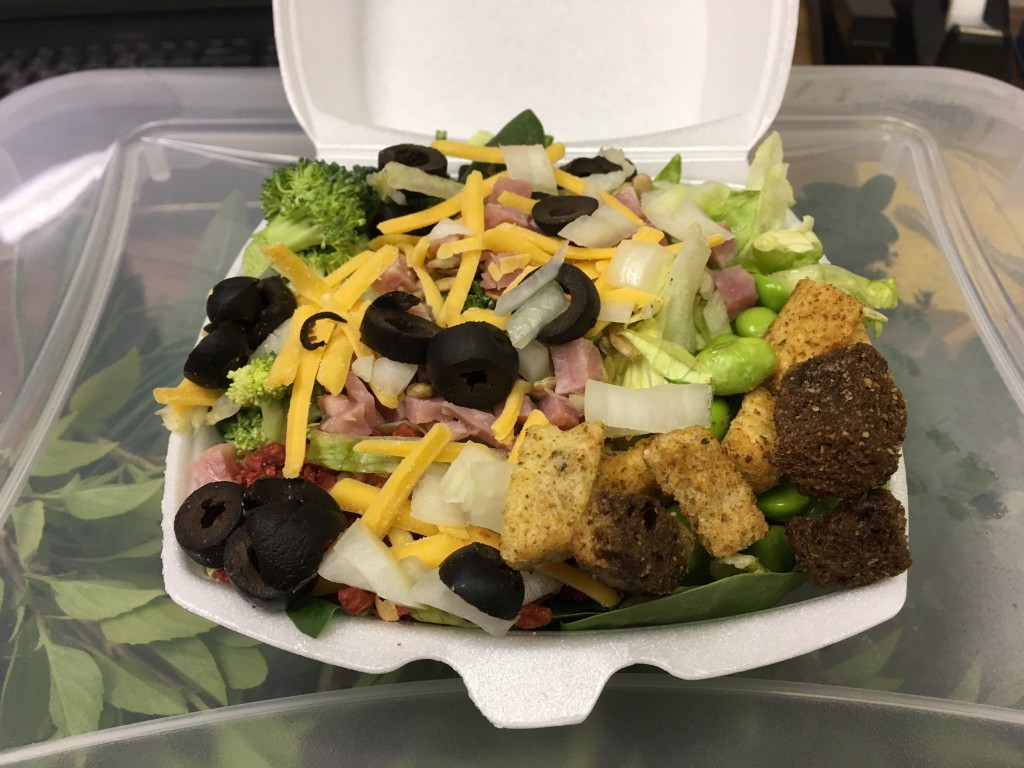I want to say a big “Thanks!!” to Hocking Valley Community Hospital for hosting the “Holiday Projects from the Container Garden” class. HVCH is an amazing partner and an asset to our county. This is a web version of the Power Point proceedings so folks have a reference as needed.
Dehydrating is one of the oldest preservation methods known. It allows storage without energy of a food product. Similar to canning. Once the product has been prepared properly, it is shelf stable. It fits within the food knowledge plan I am teaching here in Hocking County:
Start seeds–> Grow plants–> Harvest–> Storage–> Eat
I consider herbs the gateway to dehydrating. If you can do herbs, you can move on to veggies, fruit and meat.
Things to consider:
- Some herbs dry better than others
- Different herbs dry at different speeds
- Harvest herbs at the peak of flavor to get the best product
- Dry herbs as whole leaves and store as whole leaves to preserve flavor
- Different tools can dry herbs: dehydrator, oven, microwave, solar
The National Center for Home Food Preservation has a nice factsheet on this topic.
First thing is to make sure your herbs are at peak flavor and you trim off any bad leaves.
I use a dehydrator for drying. Many methods can be used –> Four methods of drying herbs from MSU Extension
Best herbs for drying: parsley, thyme, sage, rosemary, oregano, chives
Trickiest herb to dry that everyone wants to dry: basil
- Basil dries at low heat only or turns black, needs 95 degrees
- Great alternate way to store basil is blend with olive oil alone or as pesto and freeze
Herb you can dry or freeze: mint
- To me it is not bright when dried. Store blended in lemon juice or iced tea for a flavor punch
Herb best frozen only: cilantro
- I blend my cilantro with lime juice and freeze, then add to dishes when cooking
I like to make blends and use them for cooking or give them as gifts. Some great blends are:
- Italian – parsley, basil and oregano
- Roasting – thyme, parsley, chives, sage and rosemary
Once fully dried, store in a jar, as whole leaves. It will taste much better than store bought. Lightly crush leaves when added to cooking.
- whole oregano, dried
- gently remove leaves from stems for storage
- discard stems after leaves removed
Use these amounts as guidelines for substituting one form of an herb for another: (Source: PSU Extension)
- 1 Tablespoon fresh herb
- 1 teaspoon dried herb
- ¼ teaspoon powdered herb
Once again a shout out to Hocking Valley Community Hospital. We will continue to partner on health and wellness programs. As a side note they are one of my favorite Hocking County restaurants. Stop in the cafeteria for some lunch and tell them I said “hi.”
I stop in every so often to hit the salad bar and get my health and wellness on: (For only $1.25 for a “small” !!!)







Hi Tim,
Your herb information is really good! Thank you so much. Even tho I’m in Florida for the Winter, I will be drying some of fresh herbs, just for fun. Have a great time in the snow! Today it is 79 here.
Mary Holl
Thanks Mary!! 79 sounds pretty nice right about now. You can get your herbs fresh in Florida right now! Have a Merry Christmas and I will see you in the spring.